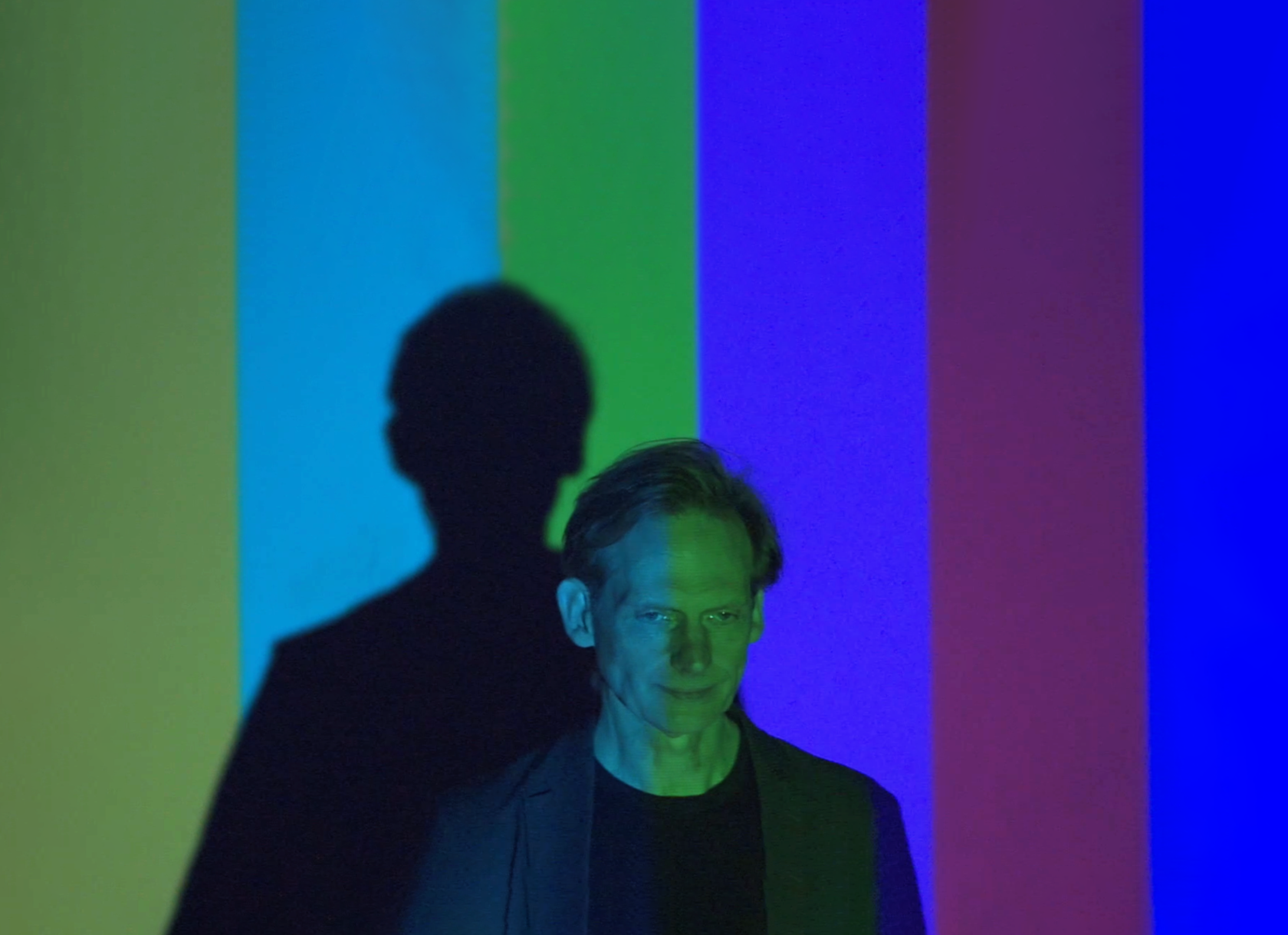
This fall, 11 new tenure-track faculty members joined Scripps College. As part of our ongoing series on Scripps’ faculty, the Office of Marketing and Communications recently sat down with Douglas Goodwin to discuss photography, social media, Big Data, and the holodeck from Star Trek.
Marketing and Communications: You’re the Fletcher Jones Scholar in Computation, and one of your areas of media studies expertise is photography. How do those two fields interrelate?
Douglas Goodwin: I’m really interested in all kinds of photography and image-making, and we’re at a point now where photography is really changing. Thanks to digital electronics, we’re now able to control all parts of an image. SLR and DSLR cameras are great at that, but the innovation in that area has kind of stopped—now, all the innovation is on our phones.
Phone cameras have terrible optical cameras that are supplemented by computation. Technically, a phone camera isn’t really a camera anymore; it’s producing an image mathematically, right from the beginning. You can do all kinds of tricks with the system in your phone that larger-format cameras don’t take advantage of. Social media is imparting a certain look on photography that’s pretty easy to copy; Instagram has made a whole business out of giving you filters that can change an image. And Big Data is becoming a part of it. The servers that collect our images—through social media, for example—are also analyzing them, which creates a feedback loop that strengthens the photos we get from our phone cameras. The phone figures out what you’re taking a picture of and makes an image that it thinks will please you more.
MC: What does all this computation mean for the future of photography?
DG: I think we’ll start moving toward light field photography, where we’ll be able to capture an environment and play it back for people to re-experience it as if they’re standing in a still life. Imagine a more basic version of the holodeck in Star Trek, or the Tupac hologram at Coachella. Computational photography is becoming something entirely new and I want to encourage that.
MC: Your research examines how images are manipulated—especially digitally—to show a perspective that isn’t necessarily true. How do your classes help students become more digitally literate?
DG: I have a two-semester course called Computational Photography. Computational Photography I is a survey of photographic technology, examining optical illusions and the way digital photography works. I take students all the way through different technologies, looking very closely at the early part of the nineteenth century, when photographers not only finally figured out how to create images, but also how to fix them. I have the students go through these older processes of fixing photos, so they can see how it was done.
In the second semester, we do all the same experiments, but computationally, thinking of photography as a type of math. How do we fix an image? How can we get close to what it is your phone is doing? We can actually use linear algebra to manipulate images without Photoshop—all these manipulations are mathematical filters.
By going through this process themselves, students are more easily able to recognize other images that have been manipulated. Each week, students bring in a manipulated image they’ve found online. They then have ninety seconds to present all the manipulations they see and speculate about how they were accomplished. Throughout the semester, they get better and better at spotting altered images. I’ve found that students even start to have favorite manipulations!
MC: What other classes are you hoping to teach at Scripps?
DG: I’m very interested in perception, biology, and color. I’d like to know how spending so much time with screens is changing us, and I want to quantify it. Because we do everything with these devices, our lives are mediated by the computer, and I believe it limits the bandwidth of what we’re capable of expressing to one another. How can we work within this medium and restore or expand what we can do with these devices?
It would be great to share this work with students, because I’m also excited about how Scripps will differentiate itself in the world of computer science. Maybe we’ll start thinking about it as a liberal art, rather than a complement to the liberal arts.
MC: What’s a fun fact about yourself you’d like to share with the community?
DG: Warren Miller made films about skiing all his life, and once I was featured in a Warren Miller film. Sometimes, when I’m at a lodge, I’ve seen myself on the television screen!

